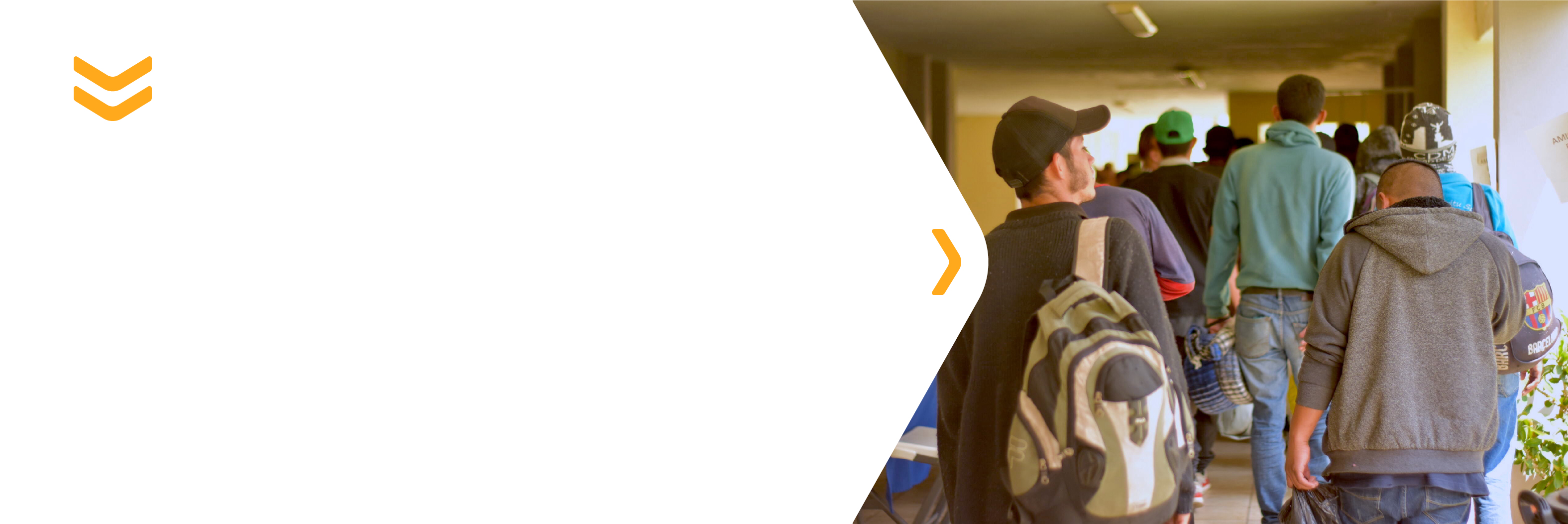Central America is one of the largest migration corridors through which large populations are constantly moving, both intra and extra regionally. Many of these people often resource to criminal networks of smugglers to complete their journeys.
Migrant smuggling is a felony against the territorial sovereignty of a State. It happens when the irregular crossing of a border is facilitated to a person who is not a national of a resident of the country being entered, in exchange for a financial or otherwise material gain.
Trafficking in persons, in the other hand, is a severe violation of Human Rights. It is defined as the recruitment, transportation, transfer, harboring or receipt of persons, by means of the threat or use of force or other coercive means, of abduction, of fraud, of deception, of the abuse of power or of a position of vulnerability or of the giving or receiving of payments or benefits to achieve the consent of a person having control over another person, for the purpose of exploitation.
Within the framework of the Western Hemisphere Program, IOM strives to strengthen national capacities for the prevention and prosecution of the crimes of trafficking in persons and migrant smuggling.

Information and Communication Technologies and Migrant Smuggling in Central America, Mexico, and the Dominican Republic
This research provides an overview of the use of information and communication technologies (ICTs) in the facilitation of migrant smuggling operations in Central America, Mexico, and the Dominican Republic. At the same time, it provides concrete recommendations to address challenges and to include the use of ICTs in the prosecution and execution of actions to combat this crime.


Regional report: counter-trafficking actions in Mesoamerica and the Caribbean. 2019
This infographic highlights the actions carried out in the region against trafficking in persons, specifically in the areas of identification and assistance of victims, prosecution, repatriation, and prevention of trafficking in persons. It should be noted that, in the case of Mexico, the data presented are preliminary figures and are subject to change.


Standard Operating Procedures for Front-Line Border Officials at the Point of Entry in Response to COVID-19 Outbreak
The purpose of the Standard Operating Procedures (SOP) is to provide quick guidance to border officials to prevent disease transmission and contamination of the working and living premises by COVID-19, as well as effectively manage suspected and/or probable COVID-19 cases.



Addressing Human Trafficking
This Knowledge Uptake provides lessons learned and promising practice-oriented solutions to feed into the consultations for the Global Compact on Safe, Orderly, and Regular Migration (GCM) and serves as a global knowledge product for policymakers and practitioners. The Knowledge Uptake draws upon IOM’s years of experience in supporting migration policy and implementing operational programs and services to address human trafficking and protect victims, including through IOM’s Global Assistance Fund (GAF) and Regional Migration Programs, funded by the U.S. Department of State’s Bureau of Population, Refugees and Migration (PRM).



